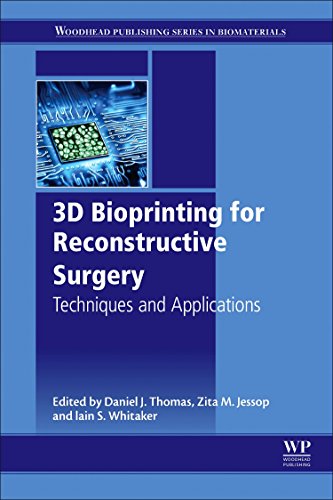

Most ebook files are in PDF format, so you can easily read them using various software such as Foxit Reader or directly on the Google Chrome browser.
Some ebook files are released by publishers in other formats such as .awz, .mobi, .epub, .fb2, etc. You may need to install specific software to read these formats on mobile/PC, such as Calibre.
Please read the tutorial at this link: https://ebookbell.com/faq
We offer FREE conversion to the popular formats you request; however, this may take some time. Therefore, right after payment, please email us, and we will try to provide the service as quickly as possible.
For some exceptional file formats or broken links (if any), please refrain from opening any disputes. Instead, email us first, and we will try to assist within a maximum of 6 hours.
EbookBell Team

5.0
70 reviews3D Bioprinting for Reconstructive Surgery: Techniques and Applications examines the combined use of materials, procedures and tools necessary for creating structural tissue constructs for reconstructive purposes. Offering a broad analysis of the field, the first set of chapters review the range of biomaterials which can be used to create 3D-printed tissue constructs. Part Two looks at the techniques needed to prepare biomaterials and biological materials for 3D printing, while the final set of chapters examines application-specific examples of tissues formed from 3D printed biomaterials.
3D printing of biomaterials for tissue engineering applications is becoming increasingly popular due to its ability to offer unique, patient-specific parts―on demand―at a relatively low cost. This book is a valuable resource for biomaterials scientists, biomedical engineers, practitioners and students wishing to broaden their knowledge in the allied field.